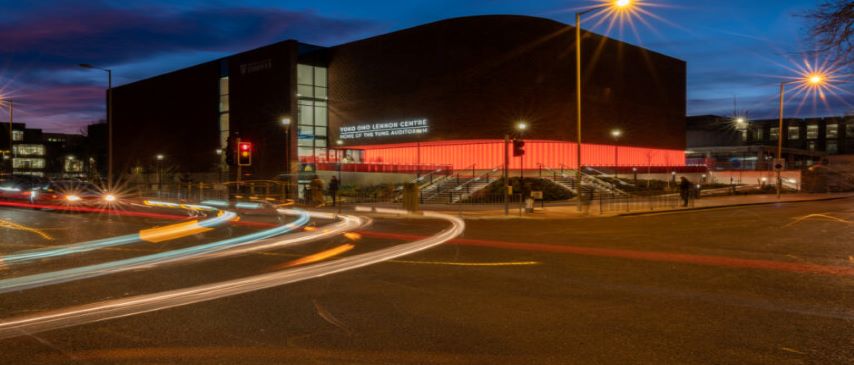
Networking in the Ancient World: Tracing Trade and Social Networks 1400 BC – AD 400
- Kate Caraway
- Suitable for: Anybody interested in the topic, including university staff and students and members of the public.
- Admission: Admission is free. For more information or to book a place contact Kate Caraway k.caraway@liverpool.ac.uk or Juliet Spedding j.v.spedding@liverpool.ac.uk
Add this event to my calendar
Click on "Create a calendar file" and your browser will download a .ics file for this event.
Microsoft Outlook: Download the file, double-click it to open it in Outlook, then click on "Save & Close" to save it to your calendar. If that doesn't work go into Outlook, click on the File tab, then on Open & Export, then Open Calendar. Select your .ics file then click on "Save & Close".
Google Calendar: download the file, then go into your calendar. On the left where it says "Other calendars" click on the arrow icon and then click on Import calendar. Click on Browse and select the .ics file, then click on Import.
Apple Calendar: The file may open automatically with an option to save it to your calendar. If not, download the file, then you can either drag it to Calendar or import the file by going to File >Import > Import and choosing the .ics file.
Despite the absence of modern, quick, communication mechanisms, the ancient world was intersected by a myriad of networks, criss-crossing through and between a variety of different cultures. There is numerous evidence for the extent, distance, and sheer variety of trading and social networks across the ancient world: one of the most famous examples signifying trading networks is the Ulu Burun shipwreck, while the Amarna Letters provide a window into the social interactions of the Egyptian and Near Eastern royal courts and elite of the Bronze Age. Yet bridging the gap between what we can observe and the interpretation of probable events is not straightforward. Text, archaeological finds, and scientific analysis can provide rich sources of evidence for analysing and exploring ancient networks, giving archaeologists and historians a fuller understanding of the social, political, and economic interactions of everyday life over both the short and long term.
By bringing together scholars of many different periods and contexts, we will explore the variety of approaches for investigating networks. How do we go about untangling networks so that we might gain a fuller understanding of the interactions of ancient peoples and cultures? What different methods can we use? Networks allow us to trace artefact exchange, but can they also provide evidence for the spread of technological ideas and the movements of people? Can the approaches we take reveal social lives and behaviours of individual and groups?
Free event including lunch and refreshments, booking essential. The event will be followed by a wine reception in the Garstang Museum.
Full programme as follows:
10.00-10.15 REGISTRATION AND COFFEE
10.15-10.25 INTRODUCTION
10.25-11.25 TRACING TRADE NETWORKS – SCHT SR6
Juliet Spedding ‘To See a World in a Grain of Sand’: Using Scientific Analysis of Napatan and Meroitic
Period Glassware to Examine Trade Networks
Alan Williams Revealing Metal Exchange Networks Originating from a British Bronze Age Copper
Mine by Using New Mine-Based Approach Combined with Interdisciplinary
Archaeological science
11.25-11.40 BREAK
11.40-12.40 SOFT POWER – SCHT SR6
Richard Phillips The Impact of Arian Marble on Paros’ Prosperity and Influence in the Late
Archaic and Early Classical Periods: A Network Approach
Sam van Dijk Bestowing a Festival: The Creation of a Network of Roman Power
12.40-14.00 LUNCH
14.00-15.30 FORGING TIES – Roxby 101/102
Chris Flemming A Series of Dialogues: The Diplomatic Conference in the Early Second Century BCE
Håkon Teigen Mobile Manichaeans in Roman Egypt: A Network Approach to a “Proto-Global”
Religious Organisation and its Local Dynamics in the 3rd and 4th Century CE
Leo Mitchell Written on Paper or Carved in stone? – The Impact of Different Types of Evidence
Upon Roman Collegia
15.30-15.45 BREAK
15:45-16.45 KEYNOTE SPEAKER
Dr Christy Constantakopoulou
Networks in the Ancient World. Where should we be looking at? What
should we be looking for?
17.00-18.00 WINE RECEPTION – Garstang Museum
